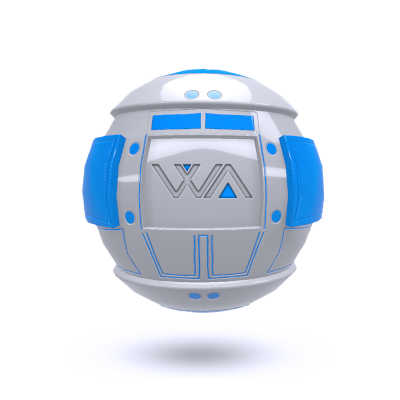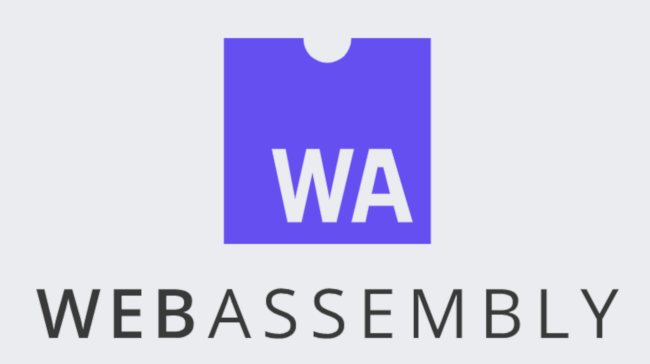
I recently gave a talk at CNCF Security Conference North America on the subject of zero trust computing. In this post I'll provide an overview of the material from that talk, discussing how zero trust computing is supported at the module, runtime, capability, and cluster levels.








